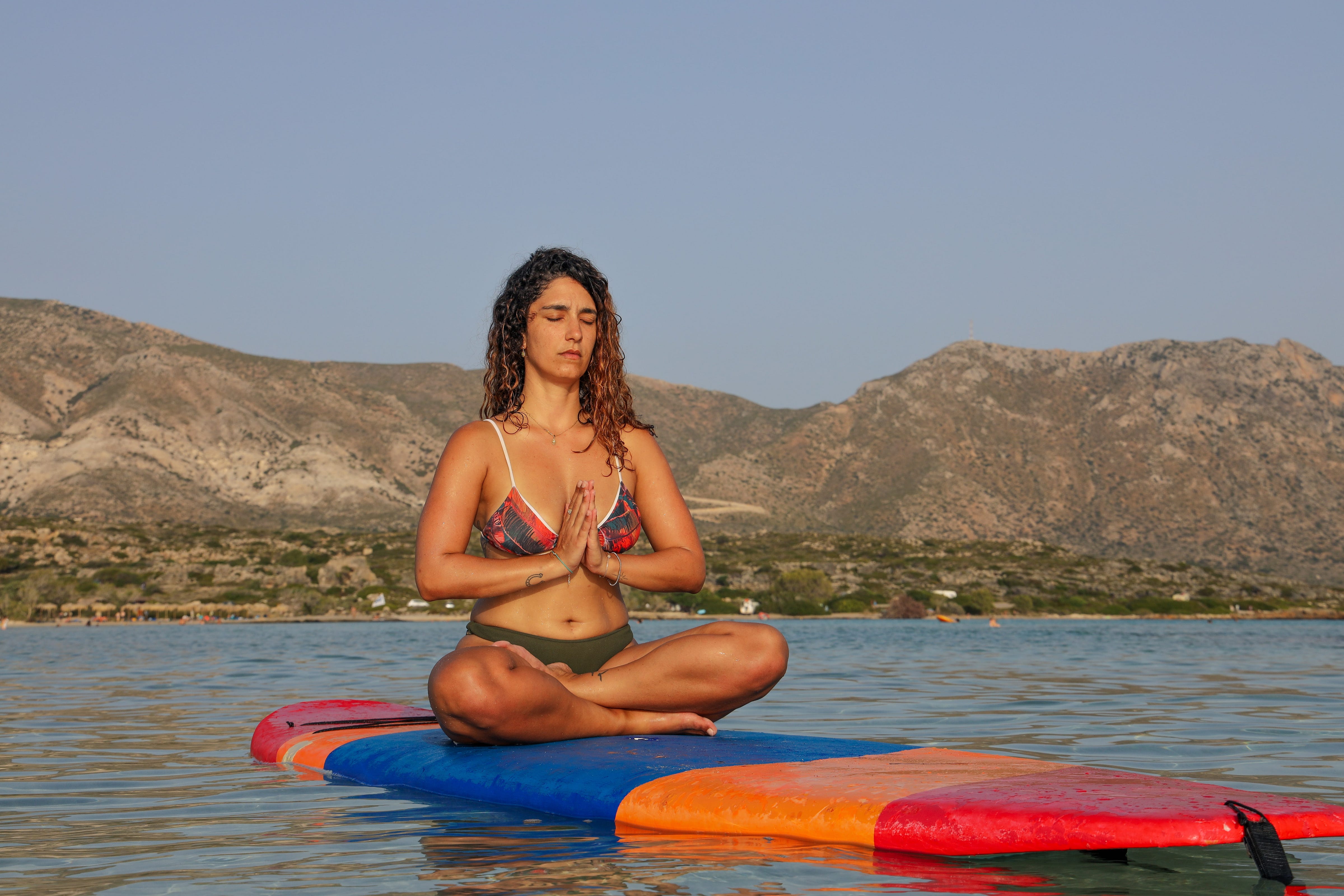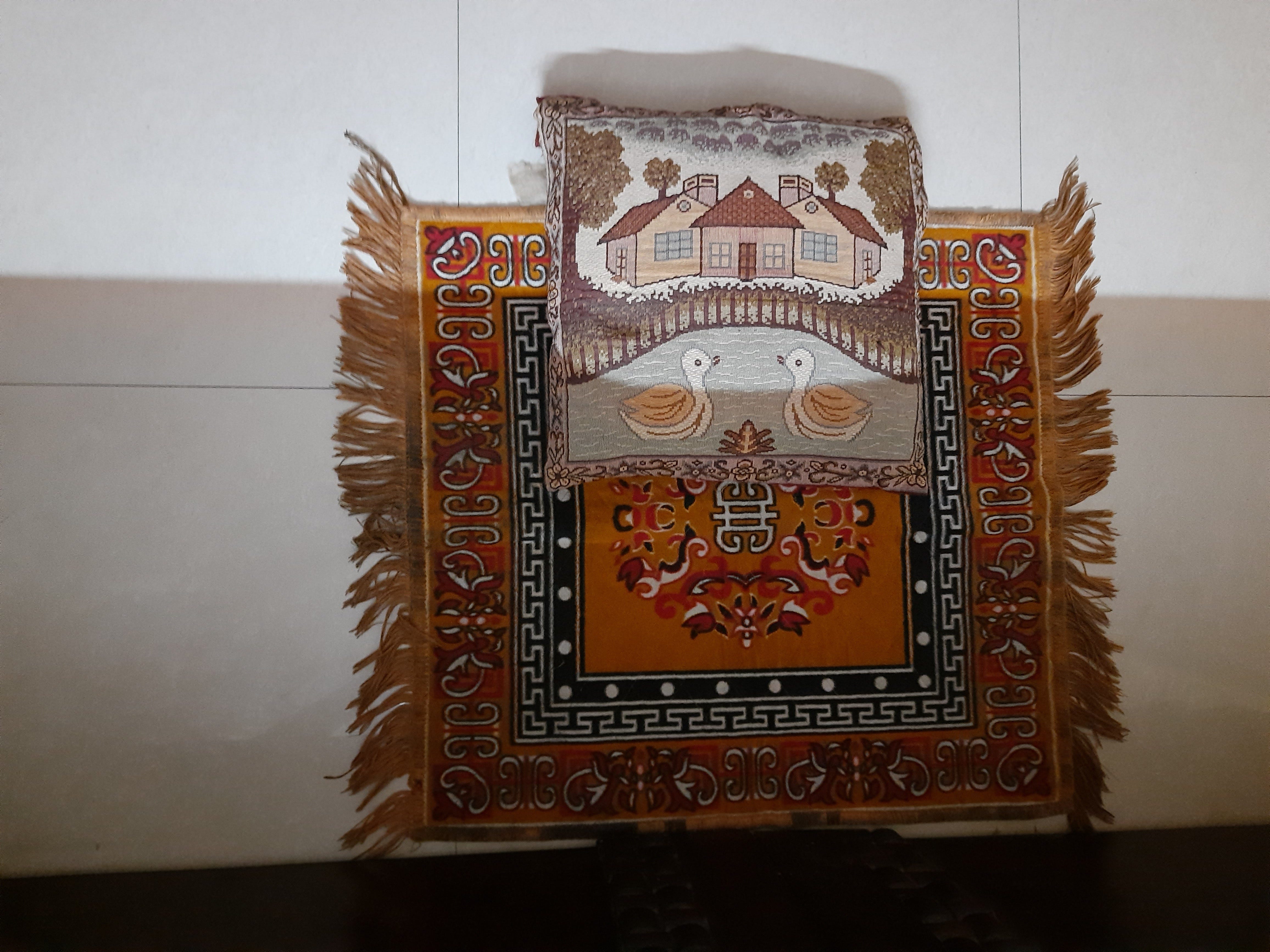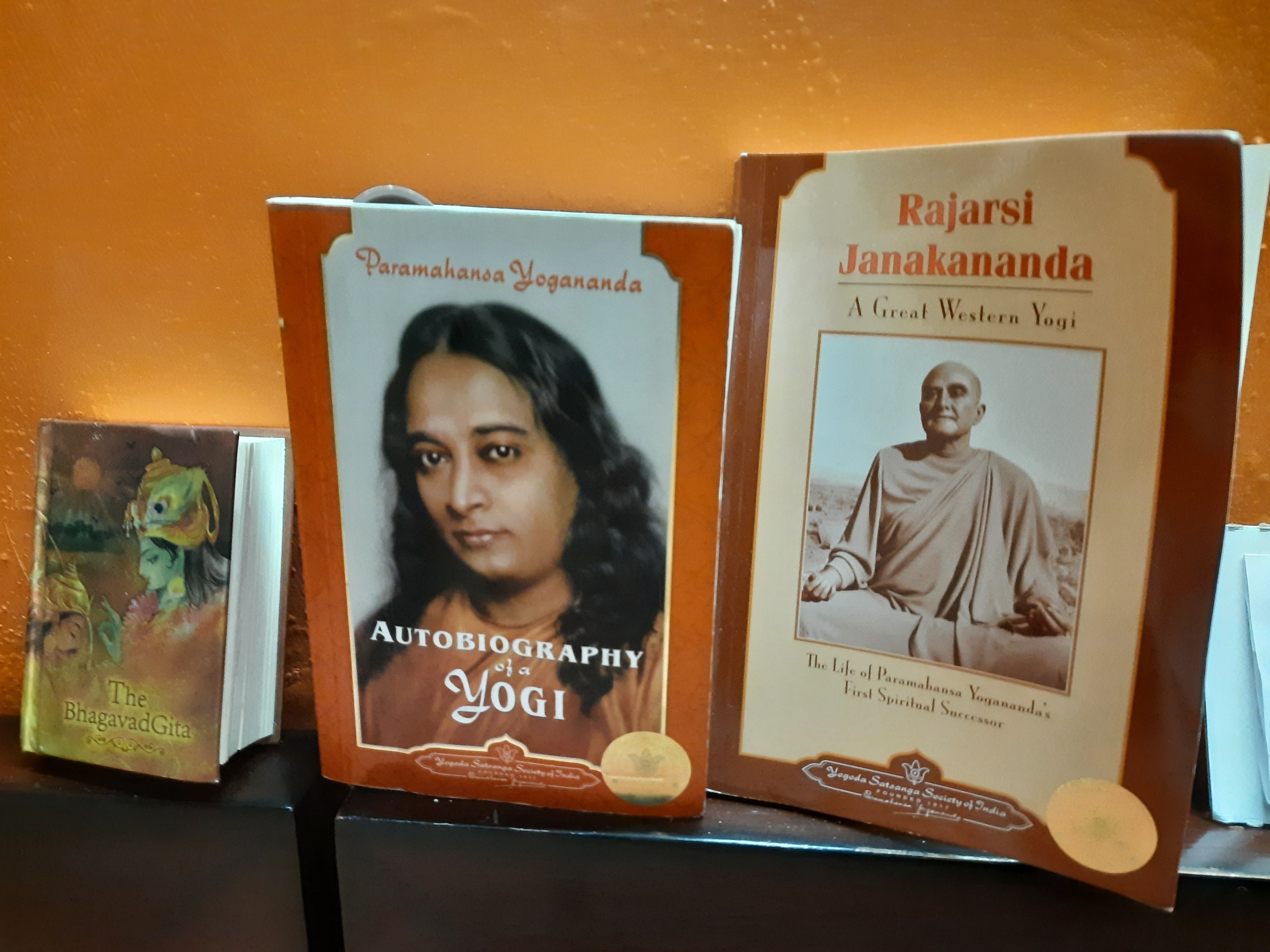Why and How To Create a Meditation Space in Your Home

A surefire way to enhance your meditation practice
We all have separate spaces in our homes for doing different things like sleeping, studying, working, chilling, etc. Spaces are how we disconnect from one thing and start doing another.
With the coronavirus pandemic forcing people to work from home, there have been many instances where I and my friends weren’t able to completely detach from work.
One of the main reasons was that our whole life seemed to be going on inside our rooms. Some of my friends were pretty much spending most of their time on the bed — working, eating, watching Netflix, and so on.
This is one of the root causes of expedited burnout. When you need to relax, the brain doesn’t just need to switch tasks — it needs psychological distance.
So if you think that opening Netflix in another tab at the end of the day with your email staring you in the face will help you relax, think again. If you remain in the same place while doing different things, your mind will never completely be able to move from one thing to the other.
And all you’ll have is a messed up state of mind with constant low-level stress which doesn’t take you anywhere in life.
This concept of psychological distance applies to meditation as well.
If you’ve ever visited my Medium or LinkedIn profile once, you know I talk a lot about meditation. But I also realize there are hundreds of excuses people come up with to avoid it — and some of them are valid.
Over the past few months, I’ve realized that a meditation space takes away some of those excuses almost instantly.
This has also been the experience of Ralph De La Rosa, author of [The Monkey is the Messenger: Meditation and What Your Busy Mind is Trying to Tell You](https://www.amazon.com/The-Monkey-Is-Messenger-audiobook/dp/B07HWYJG38).
“There are so many obstacles involved with meditation, a dedicated space moves some of them out of the way,” Ralph says. “We know when we engage with a habit with consistency, the brain gets the message and sinks into it more easily. If you sit down in the same place or around the same time, your body and neural network will learn this is when we do that thing where we calm down for a while and go within.”
And just so you know, your space doesn’t need to be a separate room in itself. What really matters is the psychological distances formed through a metaphoric space.
Creating a meditation space also adds a bit of excitement to the whole process because you look forward to going to it every day.
Over time, when you meditate consistently in that space, it will be filled with a meditative mood and suitable vibrations. You’ll find yourself getting calmer automatically as you enter your sacred space.
When I meditate in the Ananda temple (where I received meditation training), I find myself being able to go much deeper. Since the temple is used by people to pray and meditate exclusively, one can immediately feel a difference in the atmosphere or the aura of the space.

)](https://cdn-images-1.medium.com/max/2000/1*bfwA5f6Wru23NTBSNBDbCA.jpeg) Pictures of the Ananda Delhi temple and the adjacent garden (Source)
Pictures of the Ananda Delhi temple and the adjacent garden (Source)
How To Create Your Meditation Space
I hope I’ve convinced you to at least consider creating a meditation space in your home. Meditation can happen anywhere. But if you’re serious about making it a habit, why not make a commitment in the form of a small setup?
Your space can be an attic, a corner of a room, near the window, or anything that suits you. I personally meditate at a specific spot in my room and have a small altar set up with the photos of my masters.
That said, here are a few points you should consider while setting up your own space:
Determine the purpose of your space.
Before jumping in, think about what is the purpose of your space. Do you want a space just for yourself, or for a group meditation?
Also, think about the type of meditation you want to practice. For instance, if you intend to do walking meditation or yoga postures, then you might more space than if you were to just sit and meditate.
Don’t go into detailed planning, just have a clear picture of what you’ll be doing there.
Done? Onward
Find a space.
Think of a space that can be used for meditation.
It should be a place where you can sit without being disturbed by others. If you choose a room where people need to come and go to fetch things, you’ll not be able to meditate.
If you live with others, it should be relatively secluded from the rest of your house. In my case, my bedroom is far from the drawing room and the kitchen where the most talking happens.
If you live alone, this shouldn’t be a problem. In any case, you need a place where you can lock the door, and no one would care.
It is also good to choose a space with lots of fresh air and natural light. This reduces the amount of setup you need and also keeps the space ventilated to avoid congestion.
Here’s a small caveat though. You’ll find a lot of articles on the Internet advising you to create a space in the balcony or the garden. I’d be wary of that.
Meditating outside should always be an exception, never the norm. The purpose of meditation is to forget about the body and interiorize your attention completely. This cannot happen if you’re constantly disturbed by the chirping of birds, passing of cars, people talking, and so on.
Add your meditation essentials.
There are hundreds of options you can choose from while deciding your meditation essentials. Again, it depends on your meditation practice and needs.
I have a cushion, a mat, a set of beads, earplugs, water, a towel (for occasional sneezing), and my altar.
Here’s what my space and altar look like:
 Just a mat and a cushion (Photo by author)
Just a mat and a cushion (Photo by author)

 Two different altars. One near my bed and another on the table. (Photo by author)
Two different altars. One near my bed and another on the table. (Photo by author)
As you can see, I also have books like the Autobiography of a Yogi and Bhagavad Gita (the first, small book from the left) on my altar. I like to read them from time to time to get in the right state of mind.
You may also want to have flowers, candles, bowels, meditation benches, chairs, and so on. The list truly is endless.
In any case, the true altar is your heart. Your space can just have a cushion and you’ll be good to go. Unleash your creativity.
Finally, to meditate, it’ll be helpful to have earplugs if you can’t control outside noises. Rubber earplugs are great but if they hurt you, go for those made of foam. You can also try headphones made to block industrial noise. All of them are effective.
Make your space sacred.
It’s hard to overstate this point. Try not to use your space for anything else. Use it for meditation, prayer, introspection, etc only.
The key is to associate this area in your mind with stillness, calm, and just being rather than doing.
Keep it as clutter-free as possible and remove all things that pull you away — books, devices, laundry, etc. Remember, you need to maintain a psychological distance from other things in life.
Take it with you.
If you know you’ll not be home for some time, take a few things from your space with you.
It will help you still feel the connection even though you may be meditating in a hotel room somewhere.
I have a digital copy of the photos of my altar that I can print and use if I’m away from home.
If you can’t do anything.
I know some of you will have trouble implementing these steps due to different lifestyles and that’s fine.
For instance, if you only have a work desk or you live in a dorm room, the steps above can make much less sense.
In that case, you should do what you can do best. Perhaps, just sitting on a mat beside your desk can become a meditation space. Add in a few inspirational pictures if you like and boom! You have your own sacred space.
Final Thought
Even though I’ve said much about meditation spaces, the last thing you want is to use it as an excuse to not meditate.
Think of it this way — of all the places you meditate in, your sacred space should be the most delightful. But the first priority is always to stick to the practice!
Finally, don’t let anything stop you from creating a meditation space. Even one cushion can be your whole space but the effects on your practice would be dramatic!
Are you serious about becoming the best version of yourself? Get your free 5-day email course to Master The Art Of Personal Transformation